
Achieving the best energy efficiency and maximising driving range is the ultimate goal for the future of electric vehicles.
With major car brands setting ambitious plans to go all-electric from 2025 to 2050, what does the forthcoming ‘third generation’ of EVs look like?
From emerging startups like Arrival to established carmakers like Mercedes-Benz, these are the key takeaways from current models and future concepts – and what it signifies for the future of electric mobility.
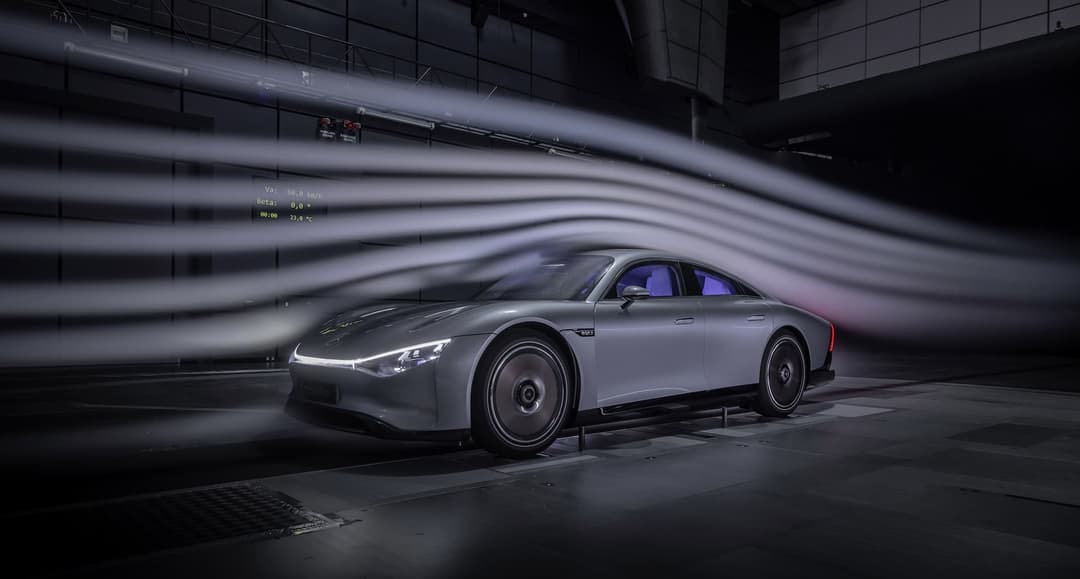
Maximising aerodynamics
Eking out as much juice from small and large high voltage battery packs will play a central role in how EVs will be designed and engineered.
Aerodynamics is defined as having a shape that reduces drag from the air moving past.
The Mercedes-Benz Vision EQXX concept is claimed to achieve more than 1000km of range from a ~100kWh lithium-iron-phosphate (LFP) battery thanks to a aerodynamically-shaped body, lightweight castings and parts, heat-harvesting heat pump, and low power 150kW motor.
Importantly, the EQXX has a decidedly sleek and low body that slopes to an exaggerated long-tail rear, retractable rear diffuser, two-dimensional Mercedes logo, strategically placed air inlets and outlets, and ultra-low rolling resistance tyres with 20-inch forged-magnesium closed cover wheels.
This results in the concept EV cutting through the wind more seamlessly and using less energy, achieving an aerodynamic 0.17 coefficient of drag (Cd) and energy consumption figure of under the coveted 100 Wh/km mark.
By comparison, the EVs currently available consume 200 Wh/km on average.
According to Mercedes, typical EVs dedicate two-thirds of its battery capacity just to cut through the air – around 62 per cent of its battery capacity to aerodynamic resistance and an additional 20 per cent to rolling resistance.
The efficient 150kW drivetrain also enables an energy loss of around 5 per cent when transferring power from the battery to the wheels. In contrast, internal-combustion powered vehicles lose around 70 per cent of energy in the process.
There’s even wind sensors to suggest more efficient driving styles, which is displayed via the equally energy efficient mini-LED 47.5-inch touchscreen.
However, the German automaker isn’t alone.
Electric models like the Tesla Model 3, Hyundai Ioniq 5 and Audi e-Tron SUV already feature relatively flat alloy wheels or covers, air intakes, flush door handles, and the availability of slimmer camera-based side mirrors to ultimately improve aerodynamics.
Tesla’s Model 3 small sedan and Model Y small SUV also have a distinct egg-shaped rear design and smooth closed off front in order to offer low energy consumption and more range.
Meanwhile, Italian startup Lightyear is working on its debut solar-powered electric liftback, called the Lightyear One, in 2022 with a teardrop shape like the Mercedes Vision EQXX, rear-mounted half wheel covers and smaller, lightweight battery pack.
Rather than focusing on ultra-rapid charging speeds and high-capacity batteries, this allows the One to obtain a low Cd of around 0.20, 83Wh/km energy consumption figure (excluding HVAC) on the stricter WLTP cycle, and 725km of range (WLTP) from a roughly 60kWh battery pack.
Though, it’s worth noting that some models don’t sway from conventional boxy designs at the expense of better aerodynamics, including SUVs like the BMW iX3 and utes like the Chevrolet Silverado EV.
That is, unless carmakers adopt coupe SUV or avant-garde ute designs (a la Tesla Cybertruck).
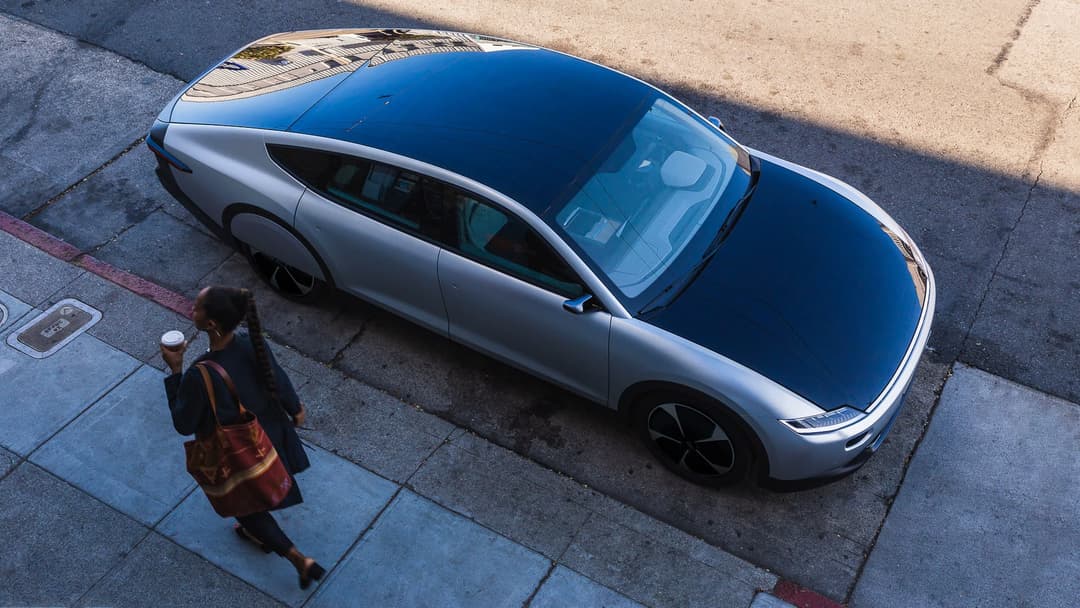
Solar panels
As Australia is one of the sunniest continents in the world, the emergence of solar panels on electric cars to top-up their batteries represents an opportunity.
According to the Commonwealth Scientific and Industrial Research Organisation (CSIRO), Australia receives one of the highest solar coverages in the world alongside Africa, leading in photovoltaic (PV) capacity per capita at 591 watts per person; this is eight times the worldwide average.
Australia also has the highest proportion of solar panel installations at homes and businesses in the world.
That’s why solar-powered electric vehicles are one to watch.
The Lightyear One was born from the World Solar Challenge that subjects experimental solar-powered cars through 3000 kilometres in the Australian outback.
The One features 1000 integrated solar panels across its top to provide 50 to 72km of extra range per day during summer or just 12km in one hour. Prototype testing by the startup achieved 3.4kWh of capturing free energy on a ‘sunny day’.
Production for the efficient liftback is expected to start in late 2022, with the mass market Lightyear Two model slated from 2024. There’s no word yet for an Australian launch, despite its original roots.
Similarly, German startup Sono Motors is developing its debut vehicle, the Sono Sion, with 248 solar cells embedded discreetly across the entire people mover’s body to juice an extra 112km of range per week (on average depending on weather conditions).
Deliveries will start in the first half of 2023 in Europe.
But, it’s not just ambitious startups experimenting with solar panels on EVs.
Overseas versions of the Hyundai Ioniq 5 crossover SUV is available with a solar roof to sustain its 12-volt auxiliary battery and top up the battery pack for an additional five to six kilometres per day in sunny conditions at a rate of 205 watts (0.205kW).
Moreover, the Mercedes-Benz Vision EQXX concept also houses 117 solar cells on the roof to add 25km of range per day in “ideal conditions” and during “long-distance journeys”, plus powers auxiliary systems like the climate control and infotainment system.
As with all concepts, the solar roof may feature on upcoming electric Mercedes EQ models in the coming years.
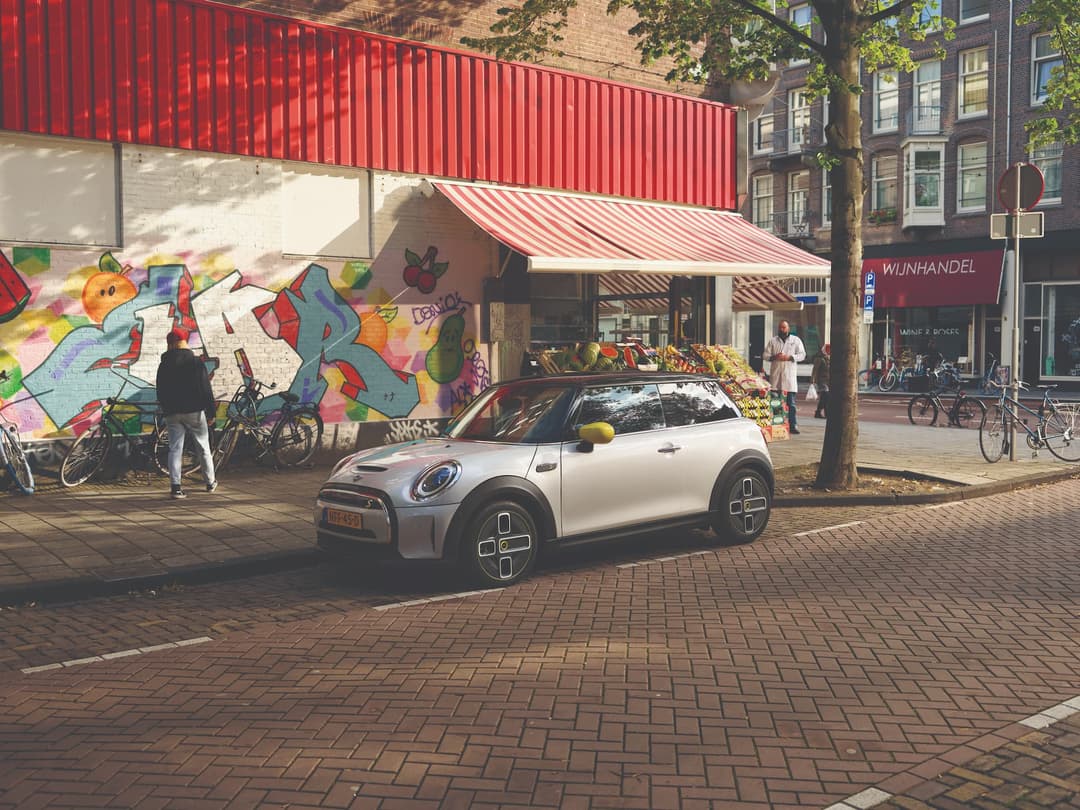
Smaller large batteries
While the long Mercedes Vision EQXX concept still has a large battery capacity of around 100kWh (usable) like the current EQS limousine, its actual footprint can fit an EQA small SUV.
It has an energy density of nearly 400Wh/l, but is half the size of the current EQS' battery pack and 30 per cent lighter.
Combined with a raft of measures to improve energy efficiency, it allows future EVs to have longer distance ranges without needing to be a large car.
It’s also based on lithium-iron-phosphate (LFP) battery chemistry, which doesn’t use the environmentally harmful and inhumane cobalt mineral, can always be charged to 100 per cent without degradation effects, and is cheaper to produce – meaning more affordable EV models.
LFP batteries are currently featured on the base Tesla Model 3 sedan, forthcoming GWM Ora Good Cat hatch and BYD vehicles, but should expand to more EVs in the coming years from major and startup automakers.
It is, however, less energy dense (less range), doesn’t perform as well at low temperatures, and heavier compared to typical nickel-manganese-cobalt (NMC) batteries on most new EVs right now.
Automakers like Toyota, Nissan and BMW are also investing in the development of solid-state batteries, which contains solid electrolytes (instead of liquid) to reduce the risk of fires and explosions, and provide greater energy density for more range.
Though, solid-state batteries are significantly more expensive to produce and not slated to go into mass production until later towards 2030.
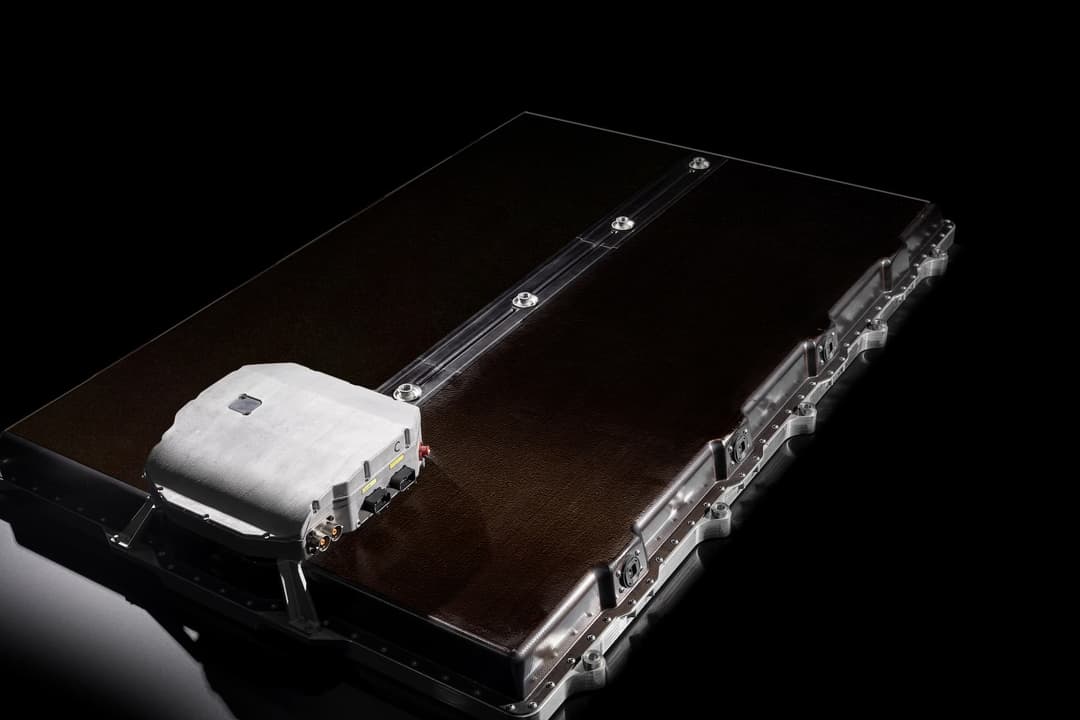
Air-cooling
An interesting point of the Mercedes Vision EQXX is the re-adoption of a passive air-cooling system, instead of active liquid-cooling thermal management for the high voltage battery pack.
Due to its aerodynamic nature, efficient 150kW motor and a large cooling plate placed underneath the floor, Mercedes says it generates minimal waste heat and thus only needs the wind to cool down its ~100kWh battery.
That’s a backwards step as air-cooled EVs today only include the Nissan Leaf and Renault Zoe, with all other new models adopting liquid-cooled batteries to prevent significant degradation and maintain its optimum temperature operating range.
While air-cooling is cheaper and simpler (likely more reliable), liquid-cooling can keep the battery in its optimum temperature while stationary and DC fast-charging by pumping coolant through pipes or plates, then dissipating heat through a radiator.
Is the future air-cooling instead? While there’s no definitive answer, the EQXX indicates it might be possible.
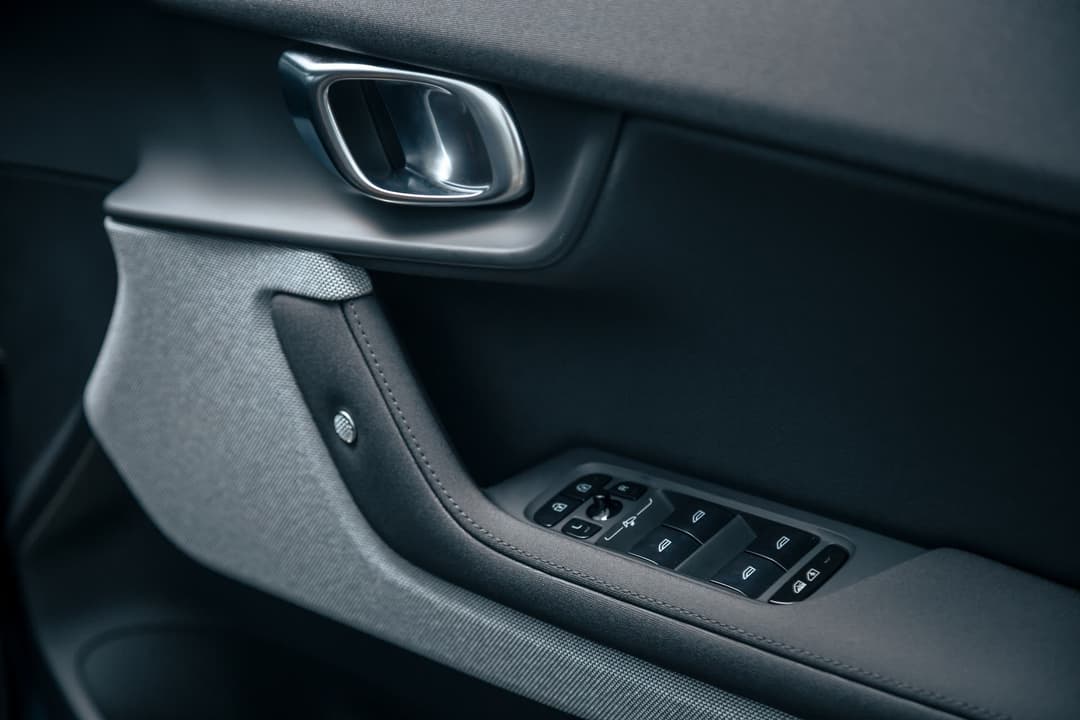
Sustainable materials
Zero-tailpipe emissions mean a cleaner, healthier environment; that’s why sustainability and ethics is at the forefront of producing EVs as the world (mostly) reaches net zero by 2050.
Car manufacturing factories today are already transitioning to being carbon neutral, while EV concepts like the Volkswagen ID. Life, Mercedes Vision EQXX, and Polestar Precept are using 100 per cent recycled PET bottles, textile, wood, fibreglass, cactus, bamboo, mushroom roots, and even chicken bones to form sustainable interiors.
Chinese-Swedish brand Polestar is also set to produce its first carbon-neutral car – from supply chain to production – dubbed the Polestar 0 by 2030.
Today, the Polestar 2 crossover liftback comes standard with embossed textile seats and is available with wetsuit-like WeaveTech upholstery. Meanwhile, all Tesla’s already feature animal-free seats and steering wheel, suede door trims, and wood dashboard.
BMW takes a step further with its iX large SUV with a body frame made out of lightweight carbon fibre, nearly 60kg of recycled plastic, and synthetic yarn made from recycled nylon waste material for its carpeting and floor mats.
The Hyundai Ioniq 5 also employs a bio paint coating across the dashboard, switches, steering wheel and door panels that includes oil extractions from plants such as rape flowers and corn, yet uses eco-processed leather seats (mix of animal and non-animal leather).
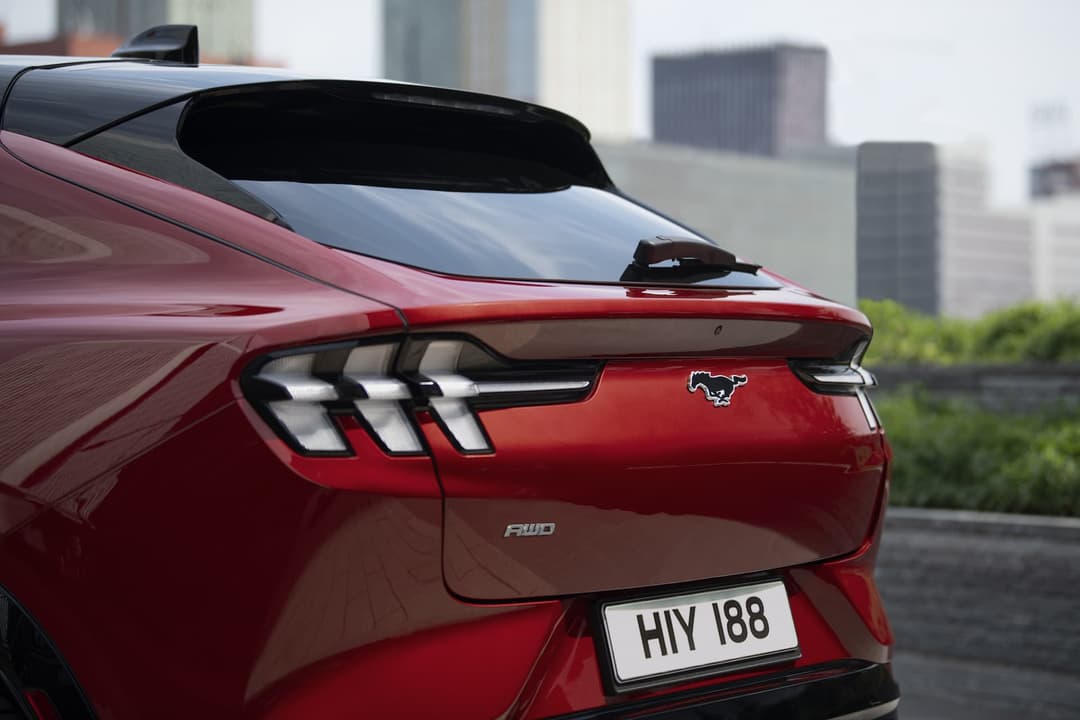
Old is new
The future of electric cars also harps back to the past.
Volkswagen is bringing back cheaper, weaker rear drum brakes on its EVs due to regenerative braking from the electric motors not requiring stronger disc brakes anymore.
It also eliminates the maintenance costs of rusting or corrosion associated with not using disc brakes frequently and decreases the rolling resistance to, again, improve efficiency.
Additionally, car companies are reviving old, iconic nameplates and employing retro designs in a bid to market EVs to the masses.
This includes EVs like the Ford Mustang Mach-E SUV, Hummer EV offroader Mazda MX-30 Electric crossover, forthcoming Renault 4 crossover and Renault 5 hatchback, Fiat 500e city car, and more.
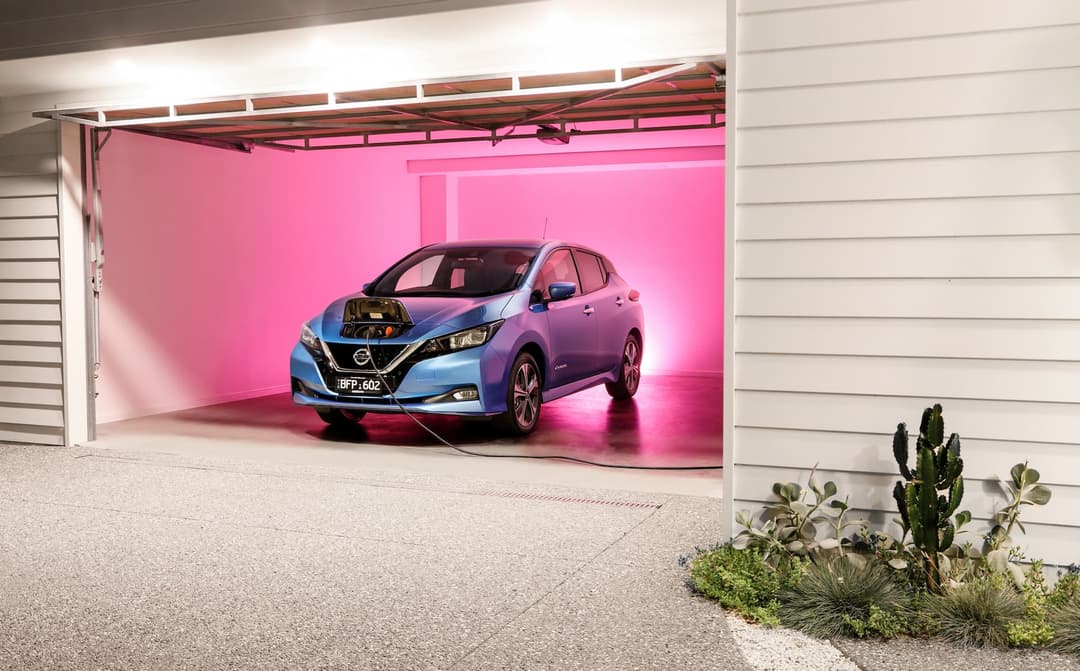
Powering everything
With EVs being “batteries on wheels”, more carmakers are harnessing the capabilities of the high-voltage battery pack for other purposes.
Models like the Kia EV6 crossover, Toyota bZ4x SUV and Chevrolet Silverado EV ute are available with vehicle-to-load (V2L) that discharges their large battery packs to charge or power anything using a standard household socket at 240-volts.
This includes charging up a laptop, powering a portable barbeque, and even running tradie tools without risking depleting the auxiliary 12-volt battery or using a diesel generator.
However, bi-directional charging is poised to proliferate in the future for EVs, too.
This includes vehicle-to-home (V2H) capabilities, as found in the Nissan Leaf hatchback and Ford F1-50 Lightning ute, that enables EVs to provide electricity for a household during blackouts, natural disasters or when peak electricity rates kick in.
Therefore, the EV acts as a home battery bank, and if there is excess energy, it can power the home or sell electricity back onto the grid by discharging the high-voltage battery pack. This is known as vehicle-to-grid (V2G).
The EV can then be topped up again when there is free solar energy, when electricity rates are cheaper, or any other cheap source.
Ultimately, this should save money on consumer’s electricity bill and let stationary EVs have a purpose while it’s not being used.
For example, Nissan says the larger 62kWh battery in its Leaf e+ hatchback – good for 385km of range (WLTP) – can store enough energy to power an average Australian home for three days
And, with owners typically commuting 32km per day (round trip), there is still about 57kWh (or 350km of range) being unused at the end of the day. This is where V2H and V2G taps into the opportunity of unused, sitting energy in EVs.
Currently, bi-directional charging capabilities are limited to the old Japanese CHAdeMO charging port, which only includes the Nissan Leaf, and Mitsubishi Outlander PHEV and Eclipse Cross PHEV; however, the widely used CCS port is expected to adopt it soon.
Used Leaf battery packs are even repurposed for a ‘second-life’ with trials underway in Japan to power a 7-Eleven convenience store and even a railway crossing in Japan.
Figures by Danny Thai
About the author
Stay up to date with the latest EV news
- Get the latest news and update
- New EV model releases
- Get money savings-deal

